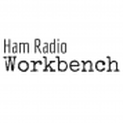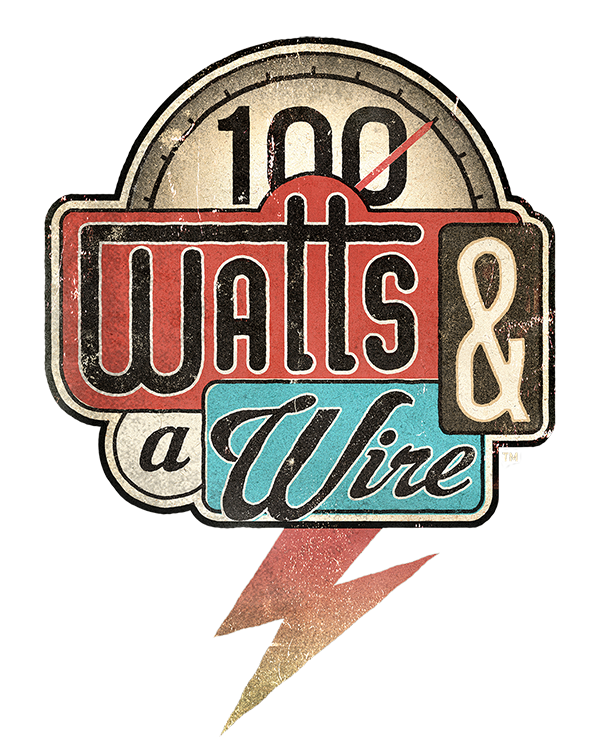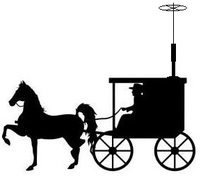Blow your Mind!

I have, in my possession, a device that takes my slow-moving voice, translates it into a form of energy that travels at nearly the speed of light, and can re-translate the same coming back at me in the other direction, allowing me to have instant communication over that same distance, through nothing but the empty space between me and the person in Australia!
"Wow!" you say, "this device must be huge!"
To which I respond, "Nope, it sits on the corner of my desk."
"Well, it must consume some crazy amount of power to propel things at the speed of light."
"Not at all. In fact, it probably uses less power than some of the lamps you have in your house."
"Certainly then, this device you talk about must be pretty expensive, and complex!"
"Not all all! You can build one yourself for about $60!"
That my friends, is the pure magic of ham radio. Mind Blown.
P.S.
I did a bunch of my sound-distance math with this fun calculator. Also, don't forget to check out part 10 of my on-going build project to give your input. Finally, make sure you subscribe so that you can get updates right in your e-mail!

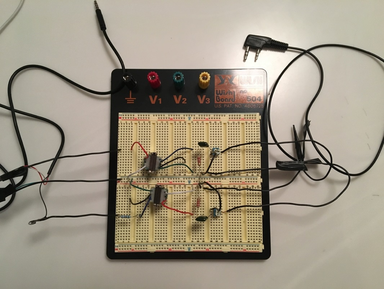
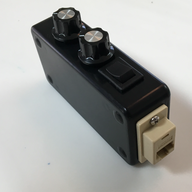

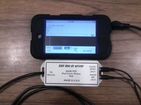
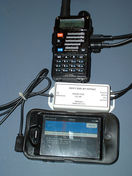
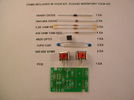


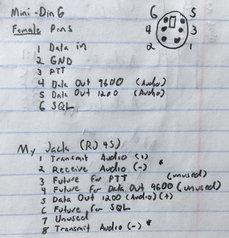
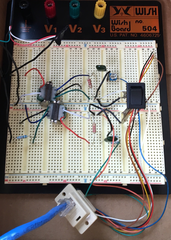
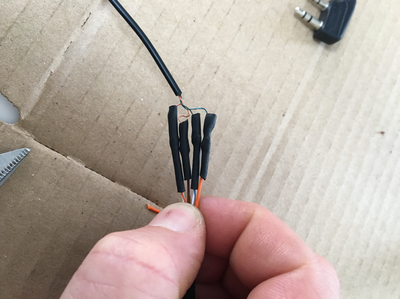
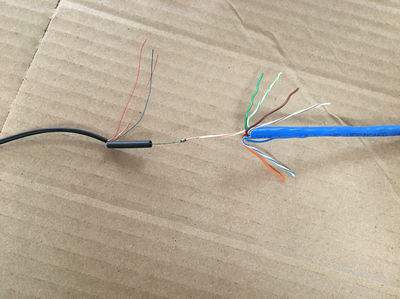
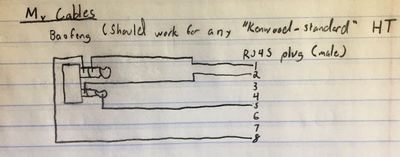
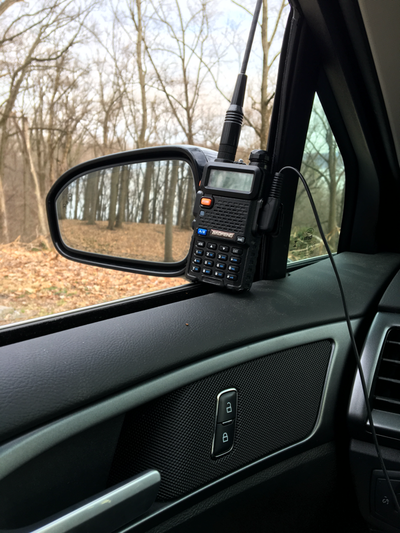
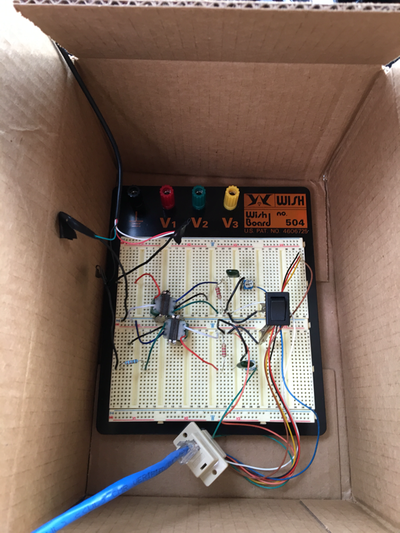
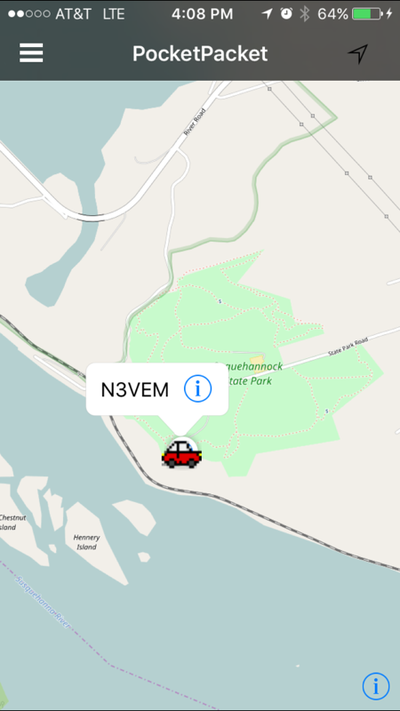
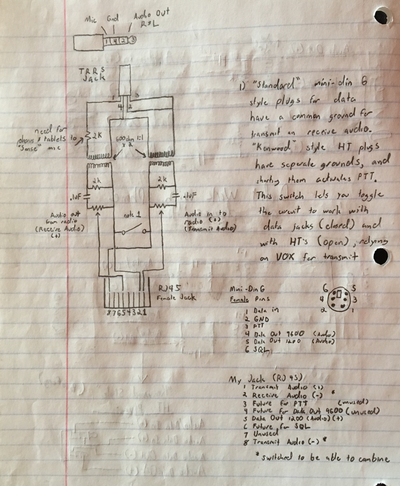
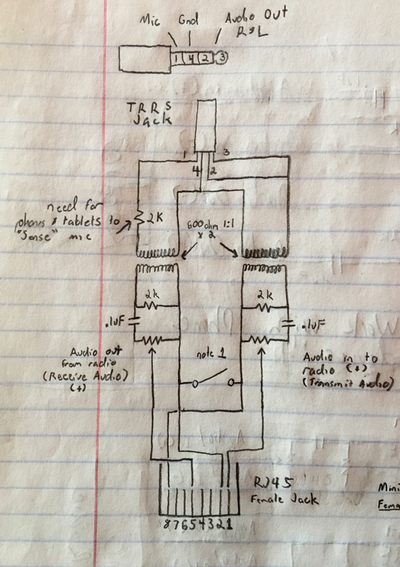

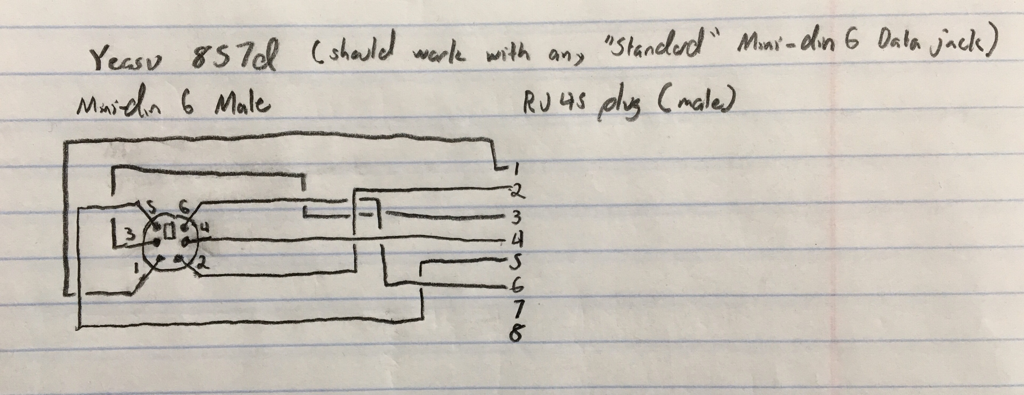

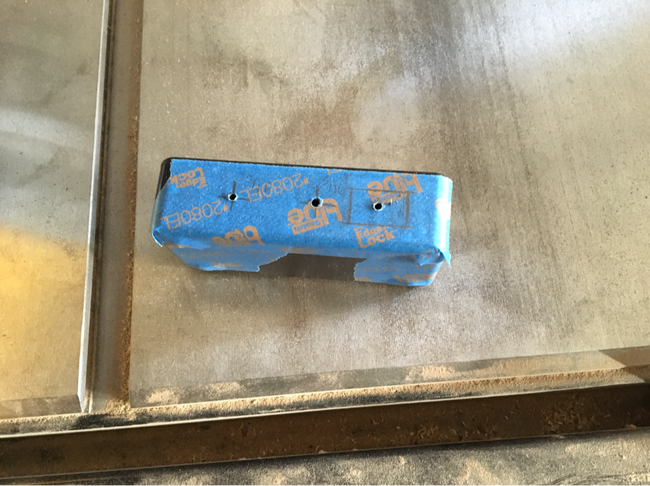
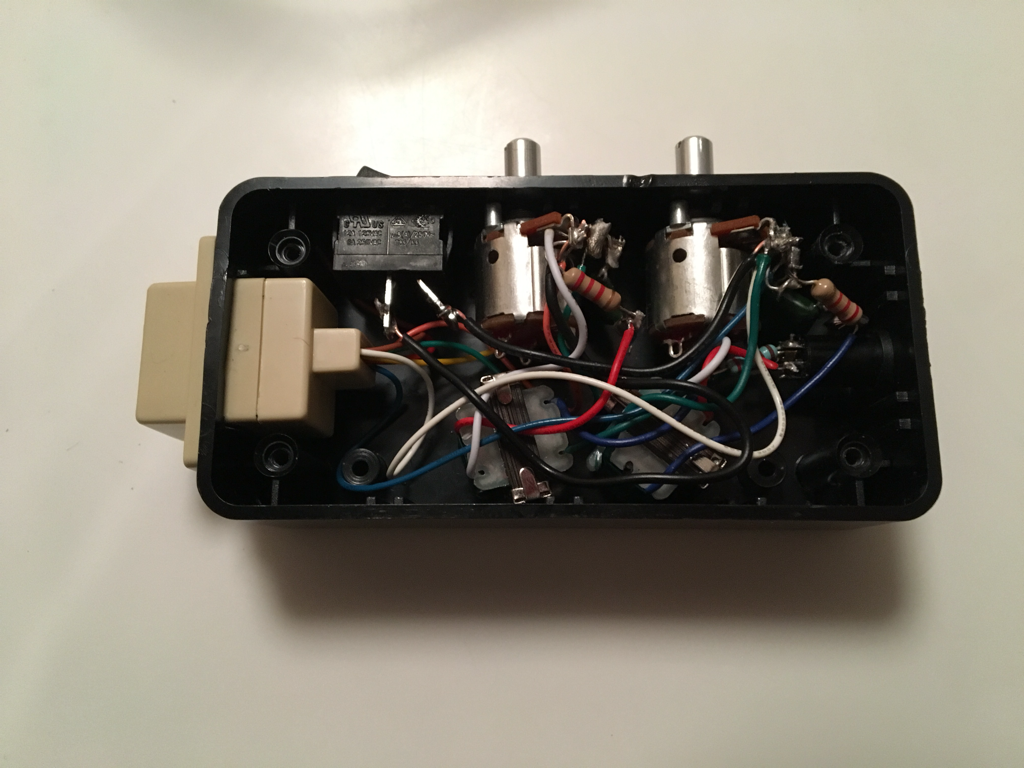
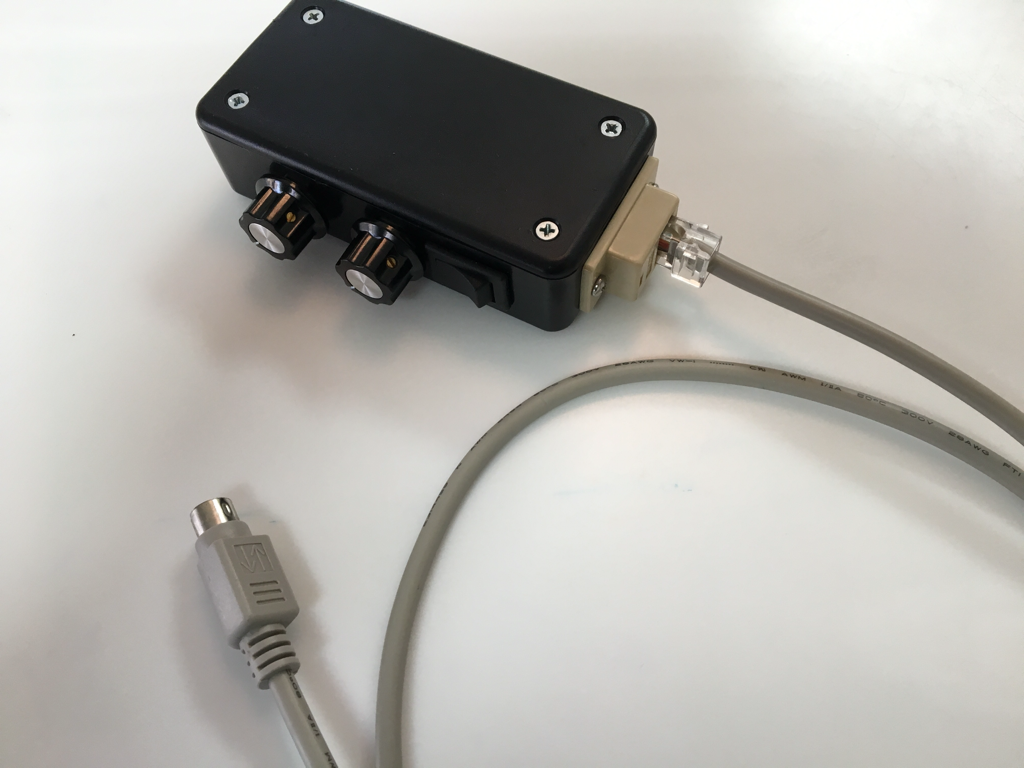
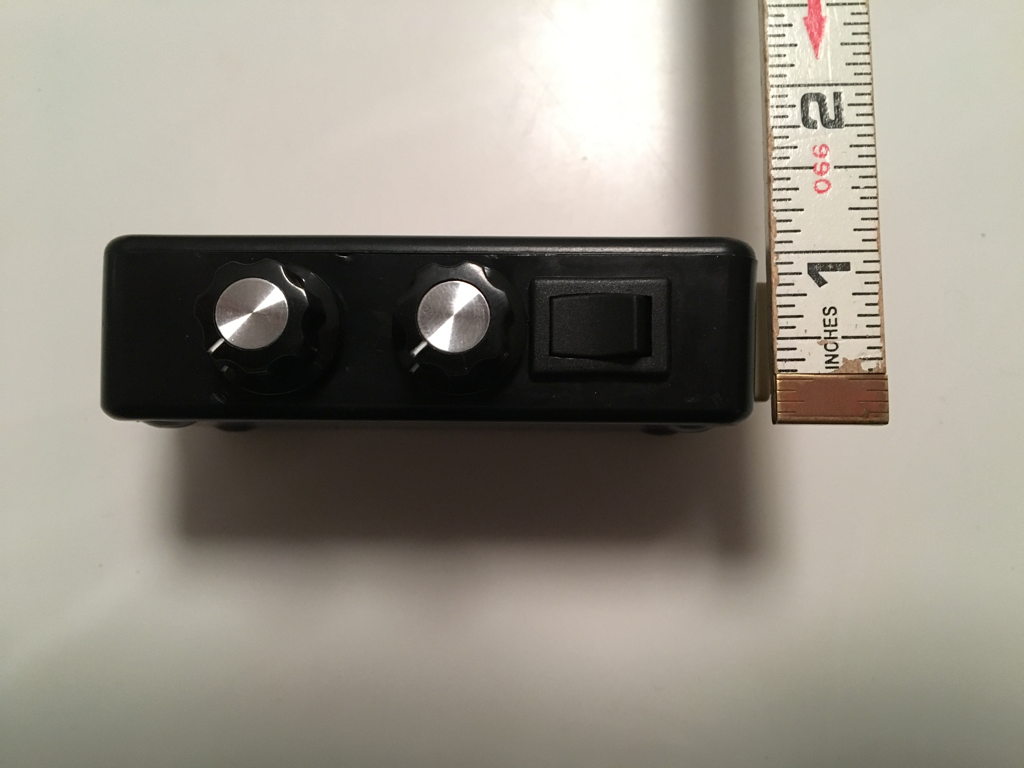
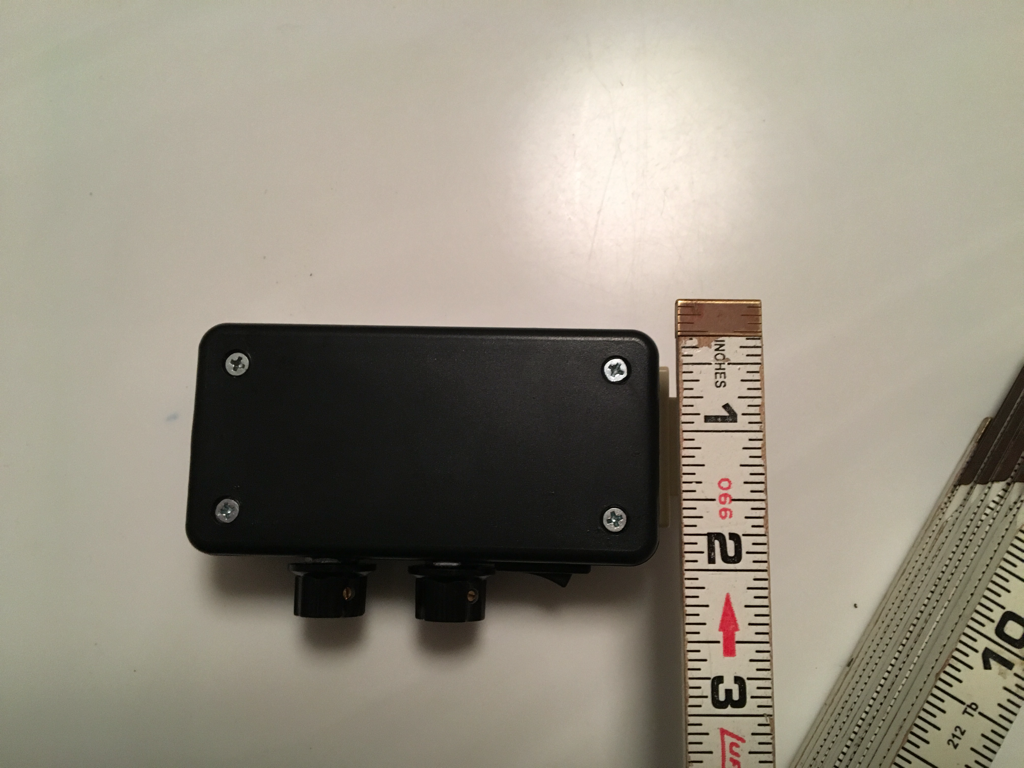
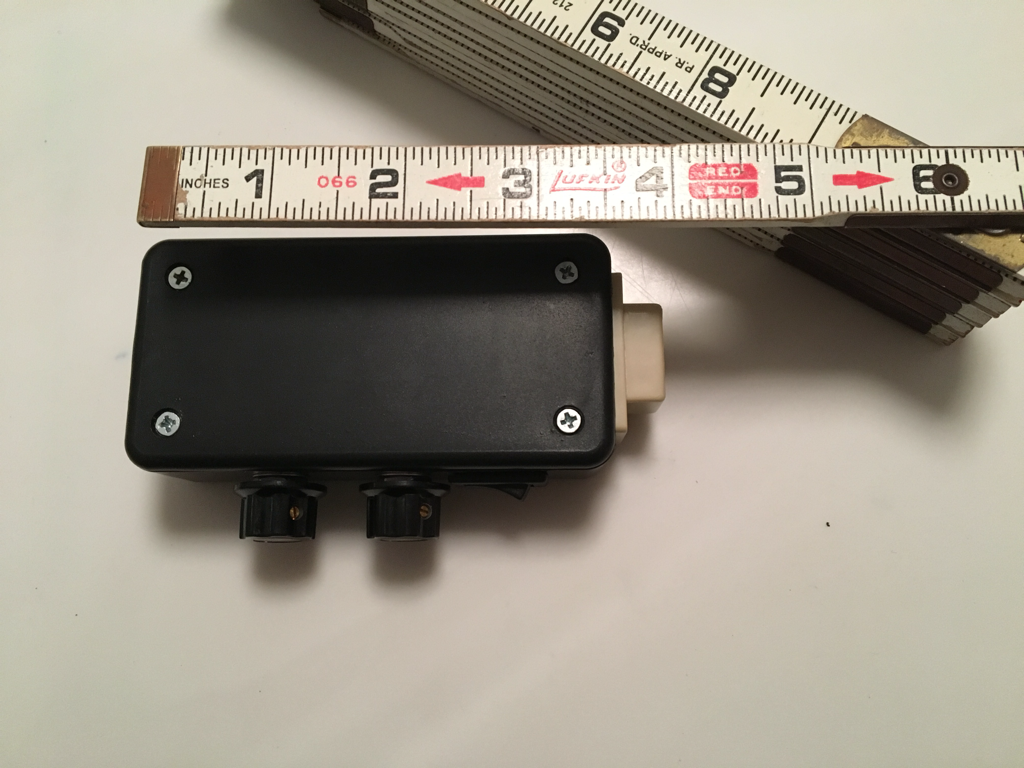
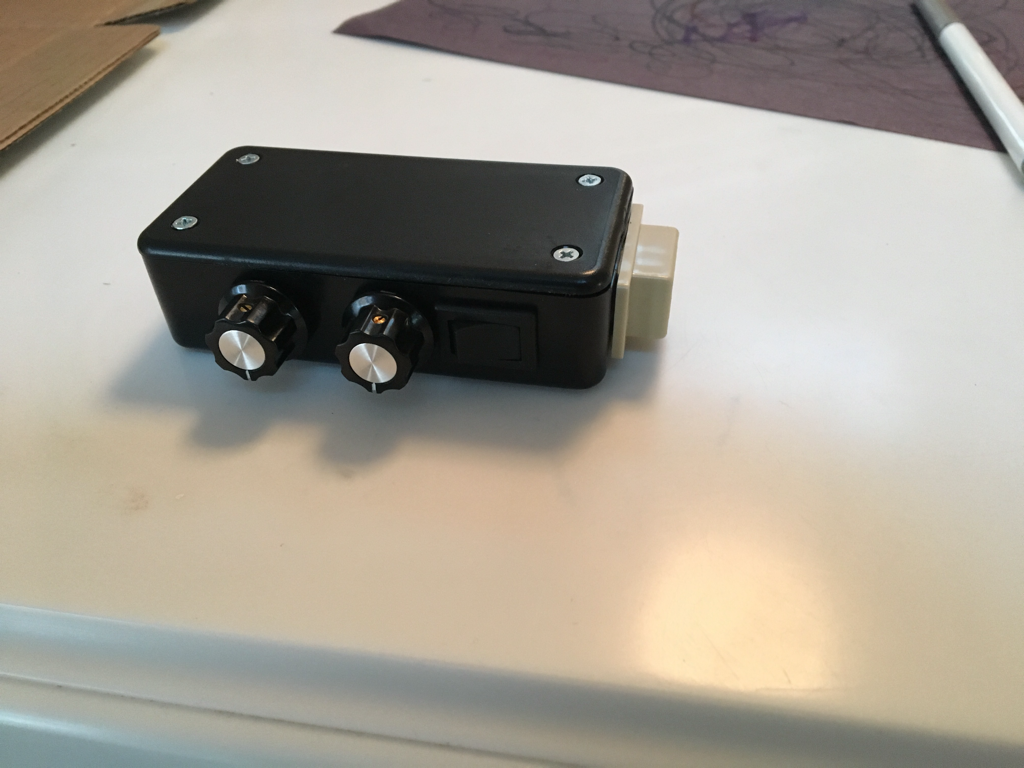
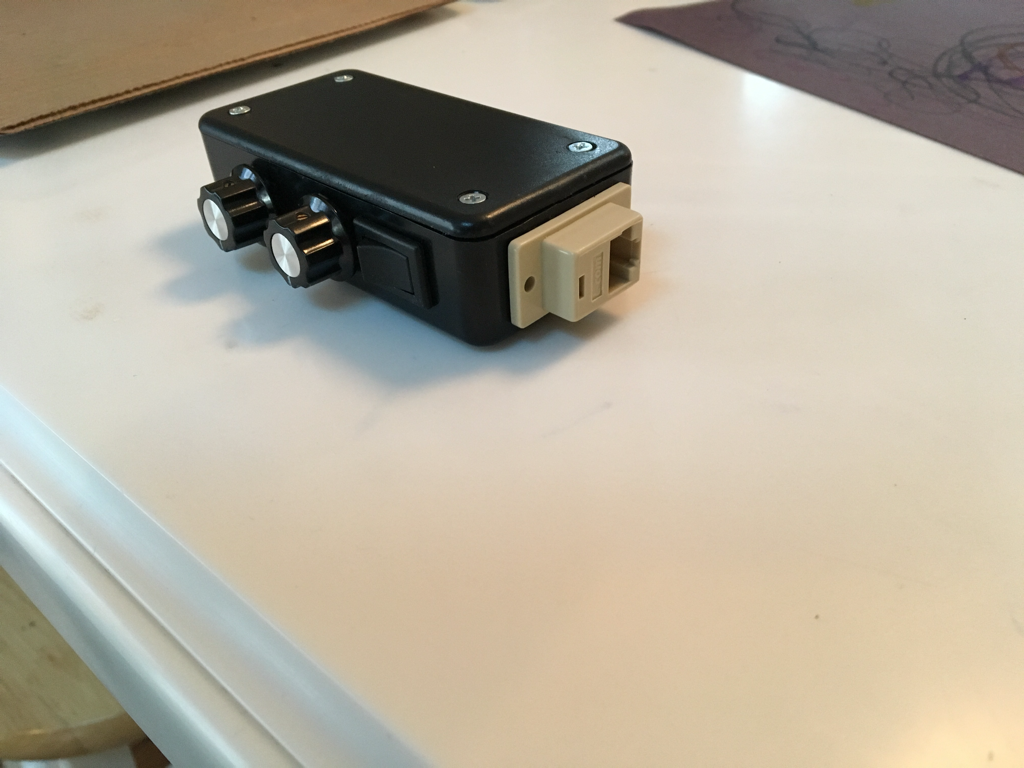
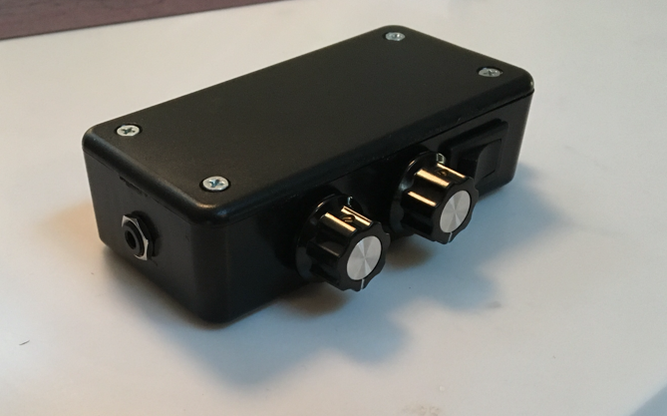

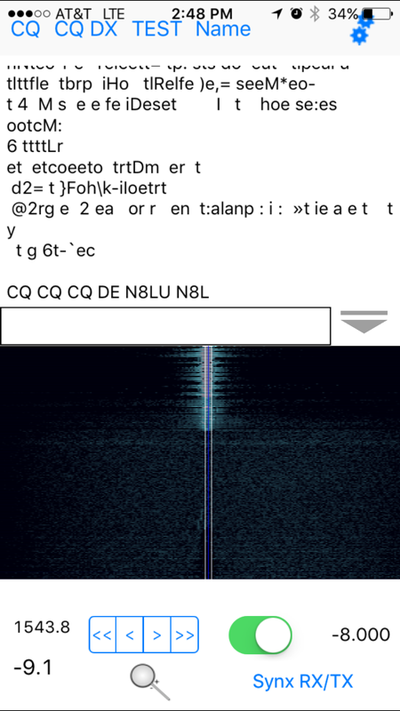
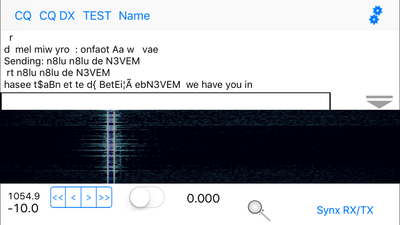
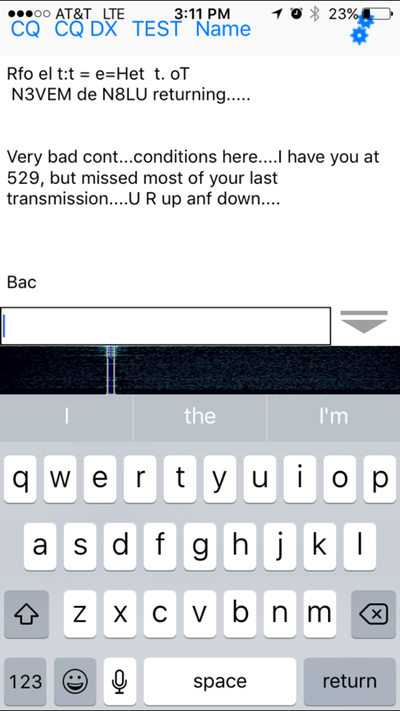
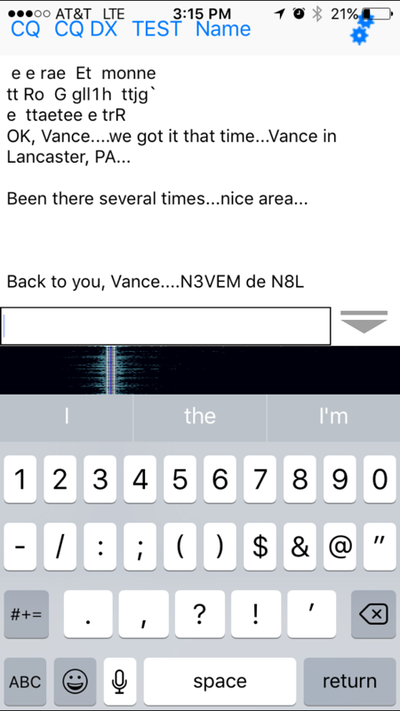
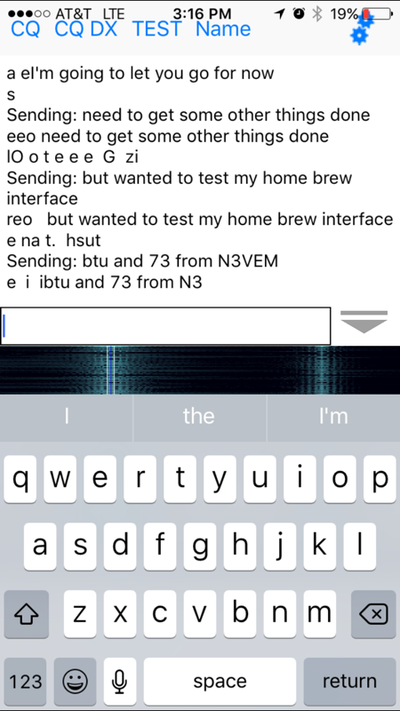

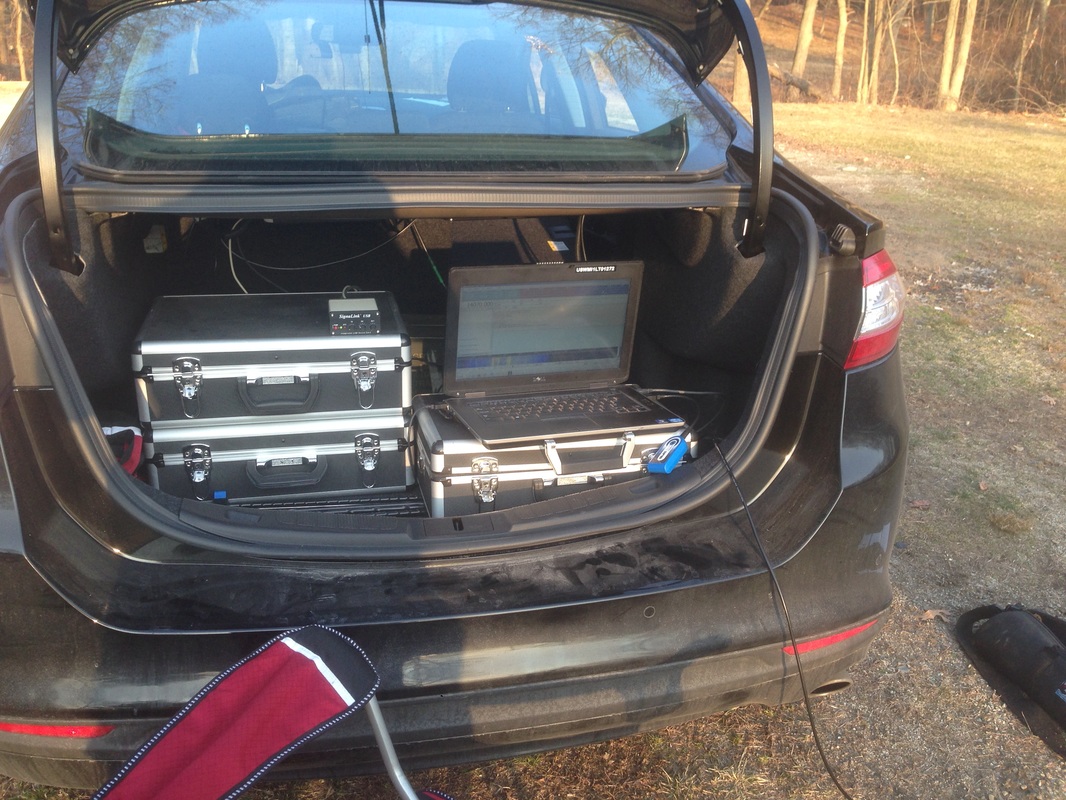
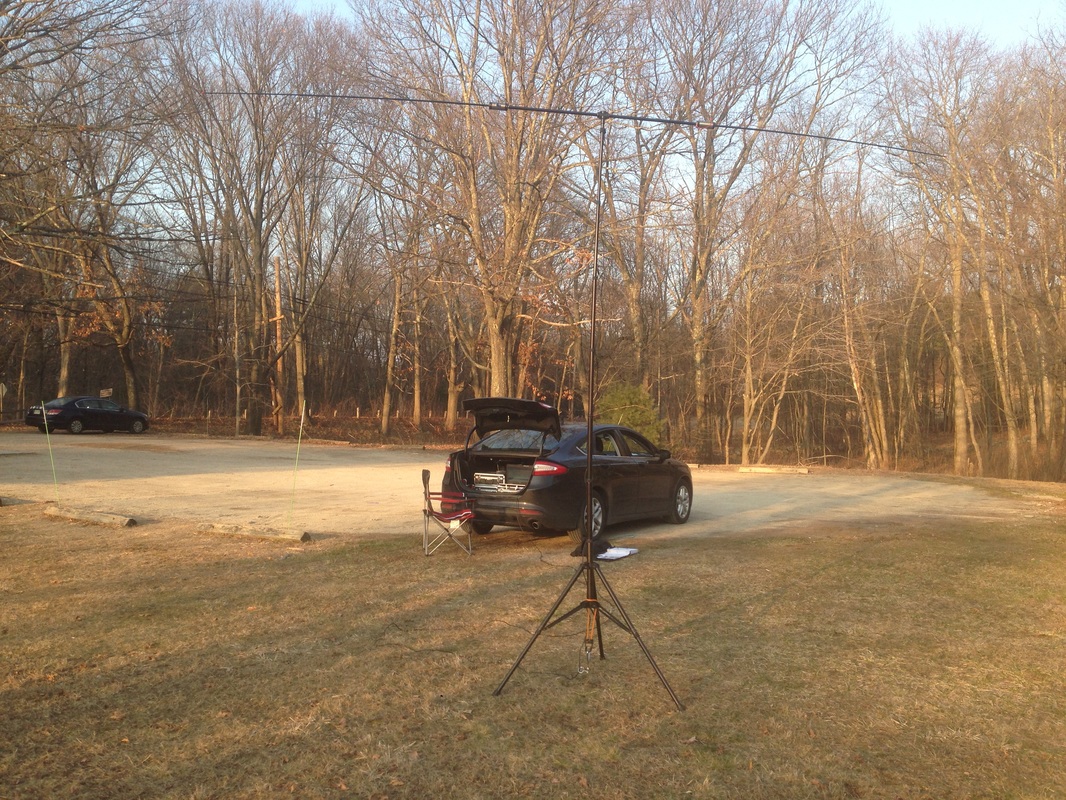
 RSS Feed
RSS Feed

